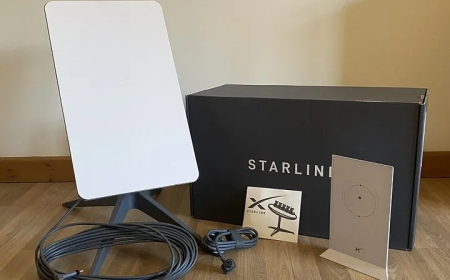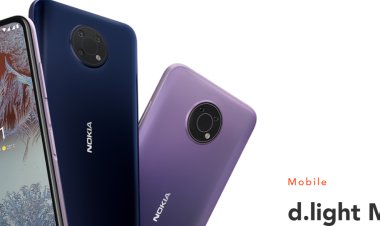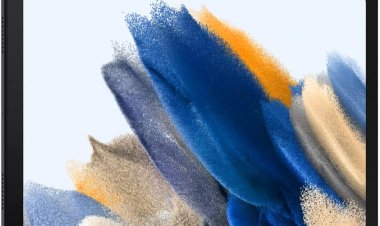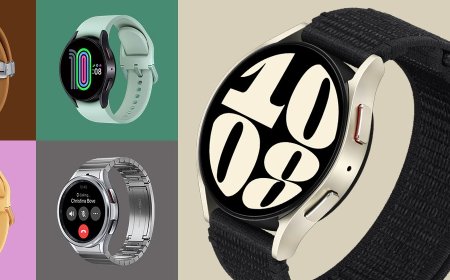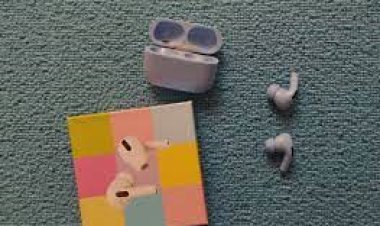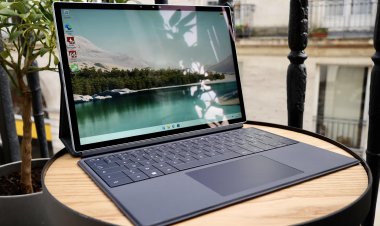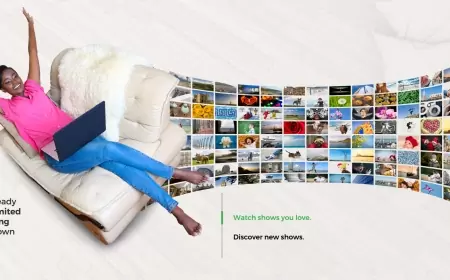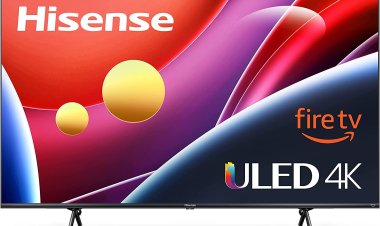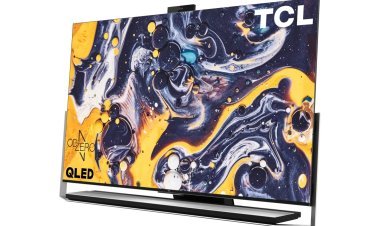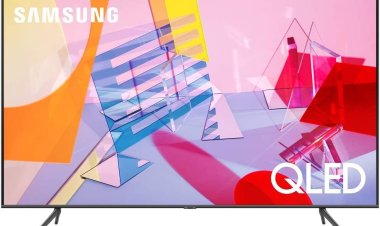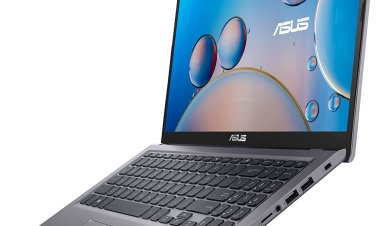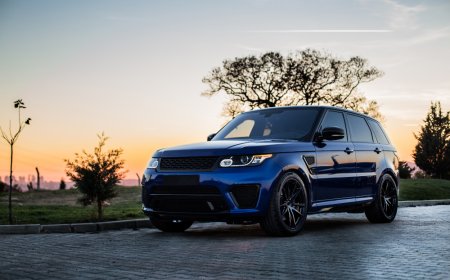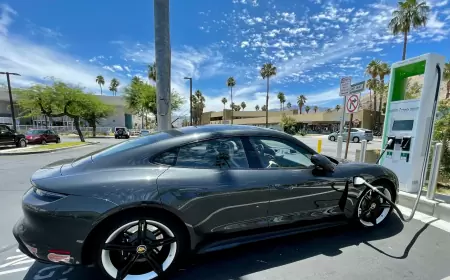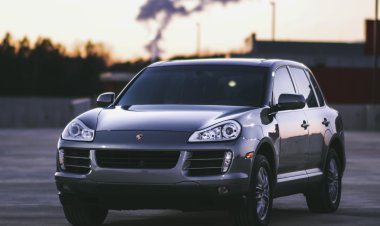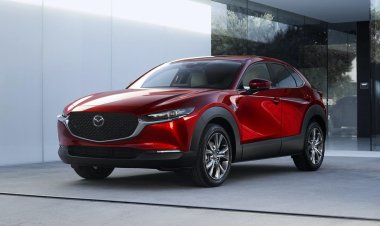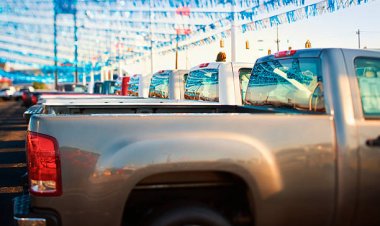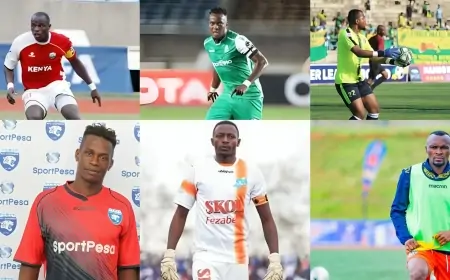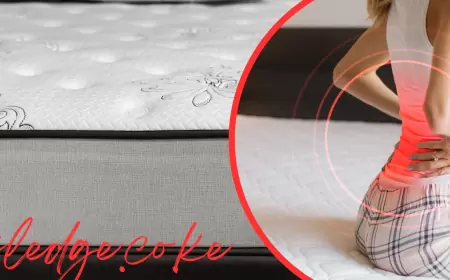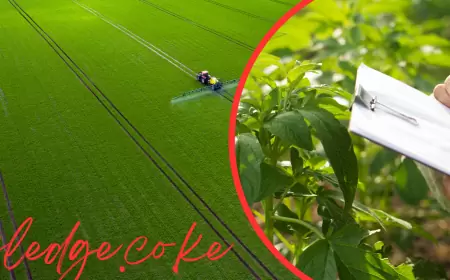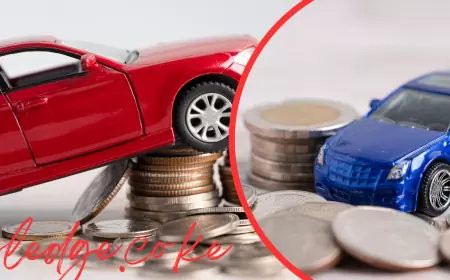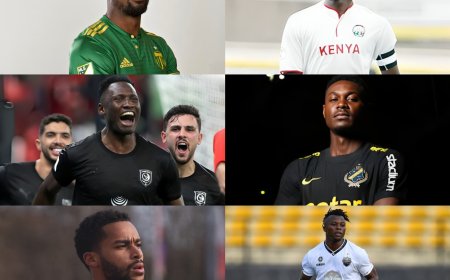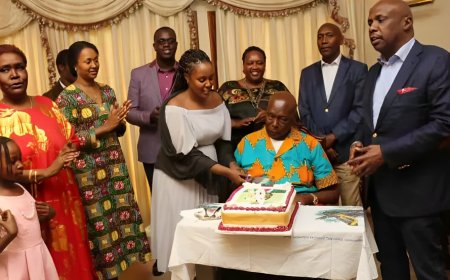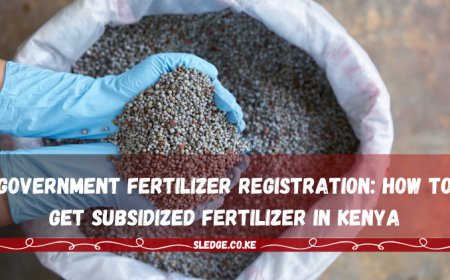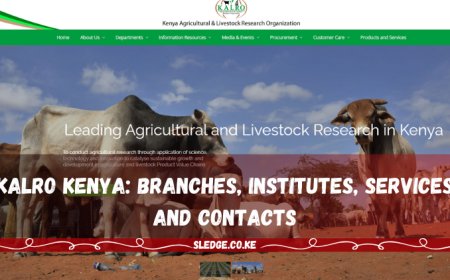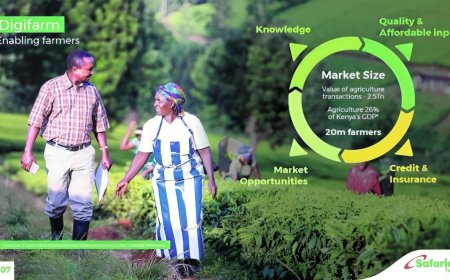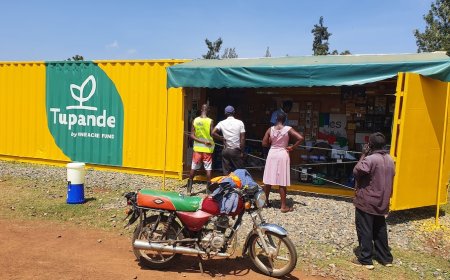NTSA Model Town Board Lessons, Questions and Answers In 2024
Learn about the Model Town Board, a vital tool for aspiring drivers. Get ready to master road usage and impress the examiners.

Welcome to the world of driving in Kenya! If you're on the journey to becoming a licensed driver, you've probably heard about the NTSA (National Transport and Safety Authority). NTSA is pivotal in ensuring road safety and compliance among Kenyan drivers. One crucial aspect of their driving test is the Model Town Board (MTB). This ingenious tool is not just a board; it's a gateway to understanding the intricate dance of vehicles on our roads.
In this article, we'll dive deep into everything about the Model Town Board. Why is it important, you ask? For starters, the MTB is a scaled-down version of a real town's road network. It's used extensively in driving schools to give you a bird's-eye view of what to expect when you're behind the wheel. Think of it as a miniaturized town where toy cars aren't just toys – they're tools for learning the crucial skills of road navigation, from mastering complex roundabouts to perfecting the art of parking.
What is a Model Town Board?
The heart of Kenyan driving schools beats with an innovative tool: the Model Town Board (MTB). But what exactly is it? Imagine a detailed, miniature representation of a town's road network, complete with all the features you'd see on the streets: roundabouts, highways, parking spots, and pedestrian crossings. This board is more than just a teaching aid; it's a visual playground where aspiring drivers can grasp the complexities of road navigation before stepping into a car.
Key Features of the Model Town Board
Major and Minor Roads
Every road on the MTB has a story to tell. There are two primary types of roads depicted: major and minor roads. The major roads, mirroring the busier veins of a town, boast four lanes, signaling their importance in handling more traffic. Minor roads, with three lanes, represent the less congested streets. It's crucial to note that both these roads are designed for one-way traffic, a vital aspect of real-world driving in Kenya.
Parking Zones and Pedestrian Crossings
A key aspect of the MTB is its emphasis on practical skills like parking. It demonstrates two primary parking styles: parallel and angle parking. In angle parking, the technique involves parking the toy car in a way that is nearest the exit, a skill essential in many real-life scenarios. Parallel parking, however, requires reversing into the parking space, a challenging maneuver for many new drivers.
Understanding these different types of parking and pedestrian crossings is fundamental to learning how to navigate the urban driving landscape safely and responsibly.
Rules and Regulations on the Model Town Board
Navigating the Model Town Board isn't just about knowing the layout; it's about understanding the rules that make a driver safe and responsible. One golden rule is always to use the shortest route. This principle isn't just about efficiency; it's about making smart, safe decisions in real-time driving scenarios. Another critical rule is to prioritize road use over parking. Parking should be considered the last resort, emphasizing the importance of continuous traffic flow and reducing congestion.
Traffic Dynamics and Right of Way
Understanding the right of way on Kenyan roads is crucial, and the Model Town Board is the perfect tool to learn this. For instance, knowing when to give way is essential at a roundabout or exiting a parking lot. The MTB visually represents these scenarios, helping learners internalize traffic rules like yielding to vehicles from the right at roundabouts. Additionally, lane discipline is a vital aspect of the MTB. Learners are tested on their ability to join highways from parking lots and navigate through different lanes while adhering to the fundamental rule of keeping left unless overtaking.
NTSA Model Town Board Examinations
The real test of understanding the Model Town Board comes during the NTSA driving test theory examination. This part of the test evaluates how well you can apply the concepts learned on the MTB. You'll find a toy car on the board, and your task will be maneuvering it to a specified position, adhering to all the road rules. This test is critical to your ability to park correctly, change lanes, and navigate roundabouts – all vital skills for any aspiring driver in Kenya.
Its focus on practical scenarios sets the MTB section of the exam apart. For example, you might be asked to move the toy car from a parking spot to a certain point on the board, simulating real-life driving situations. This exercise helps assess your understanding of the road rules, parking practices, and other crucial aspects of driving. The key to this section lies in attentive practice and a clear grasp of the MTB's rules and layout.
READ ALSO: Complete Guide to Register an NGO in Kenya: Step-by-Step Process
NTSA Model Town Board Questions and Answers
The Model Town Board (MTB), a fundamental part of the driving theory exam administered by Kenya's National Transport and Safety Authority (NTSA), assesses a learner driver's understanding of road usage and rules. Here's a detailed look at the types of questions and answers typically part of this examination.
Understanding the Model Town Board
1. What is the Model Town Board?
- Answer: The Model Town Board is a drawing representation of a road network used in driving schools to teach students about road usage, featuring elements like roundabouts, highways, parking areas, and pedestrian crossings.
2. What are the main types of roads on the Model Town Board?
- Answer: The MTB features major and minor roads, representing one-way traffic roads. Major roads have four lanes, while minor roads have three lanes.
Rules of the Model Town Board
1. What are the key rules of the Model Town Board?
- Answer: The primary rules include using the shortest and most correct route without resorting to parking or using the longest and most correct route without parking. Parking should be used only if there is no other route available.
Typical NTSA Model Town Board Questions
1. What does the NTSA assess in the Model Town Board section of the driving test?
- Answer: Examiners assess your understanding of parking, changing lanes, and observing road rules. You may be asked to move a toy car from one location to another on the Model Town Board, adhering to all road rules.
2. How should you navigate the roundabout on the Model Town Board?
- Answer: Always give way to vehicles coming from the right side in the roundabout.
3. What is the most important rule when using the Model Town Board?
- Answer: The most crucial rule is always to use the shortest route.
Practical Application
1. How should you approach parking in the Model Town Board test?
- Answer: Use parking as the last option and always park from the furthest side of the parking area.
2. What is the importance of route planning in the Model Town Board exam?
- Answer: Route planning is essential as it tests your ability to navigate using the shortest or longest routes appropriately, applying the rules of the Model Town Board.
Tips and Strategies for Success
Mastering the Model Town Board
To master the Model Town Board, focus on visualization and repetition. Spend time understanding each element of the board – from the lanes to the parking zones. Visualize different driving scenarios and how you would navigate them. This practice not only prepares you for the test but also for real-life driving situations. Additionally, pay close attention during your driving lessons; instructors often share invaluable tips and insights that can be crucial during your test.
Turning Techniques and Route Planning
Understanding turning techniques is vital. This includes mastering the U-turn, the three-point turn, and navigating roundabouts. Each type of turn requires specific skills and an understanding of its associated traffic rules. Practice these turns on the MTB to gain confidence. Also, planning your route efficiently, whether it's taking the shortest or the longest route, is crucial. This skill demonstrates your ability to adapt to different driving situations and make smart, safe decisions on the road.
Conclusion
In conclusion, the Model Town Board is more than just a part of the NTSA driving test; it's a foundational tool that shapes responsible and skilled drivers in Kenya. Understanding and mastering the Model Town Board is crucial not just for passing your driving test but also for ensuring safety and confidence on the roads. As you continue your journey to becoming a licensed driver, remember that each element of the Model Town Board carries valuable lessons that mirror real-life driving experiences. Embrace the learning process, and soon, you'll be navigating Kenya's roads with ease and assurance.




